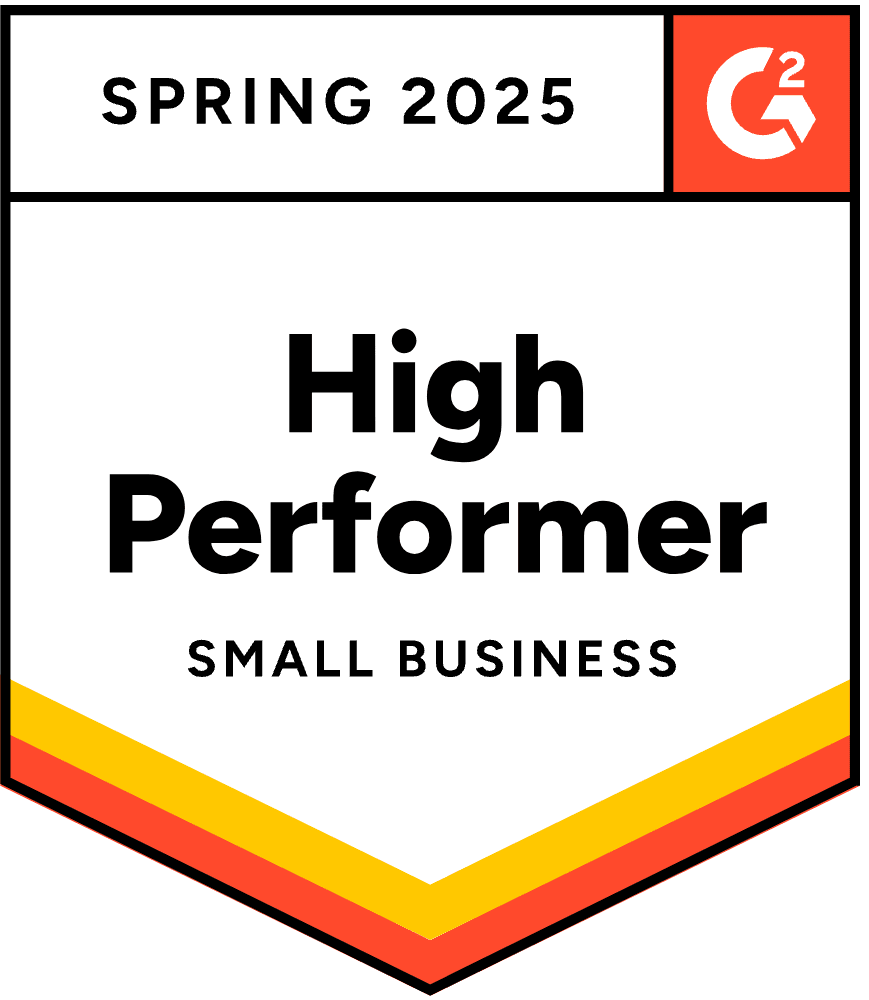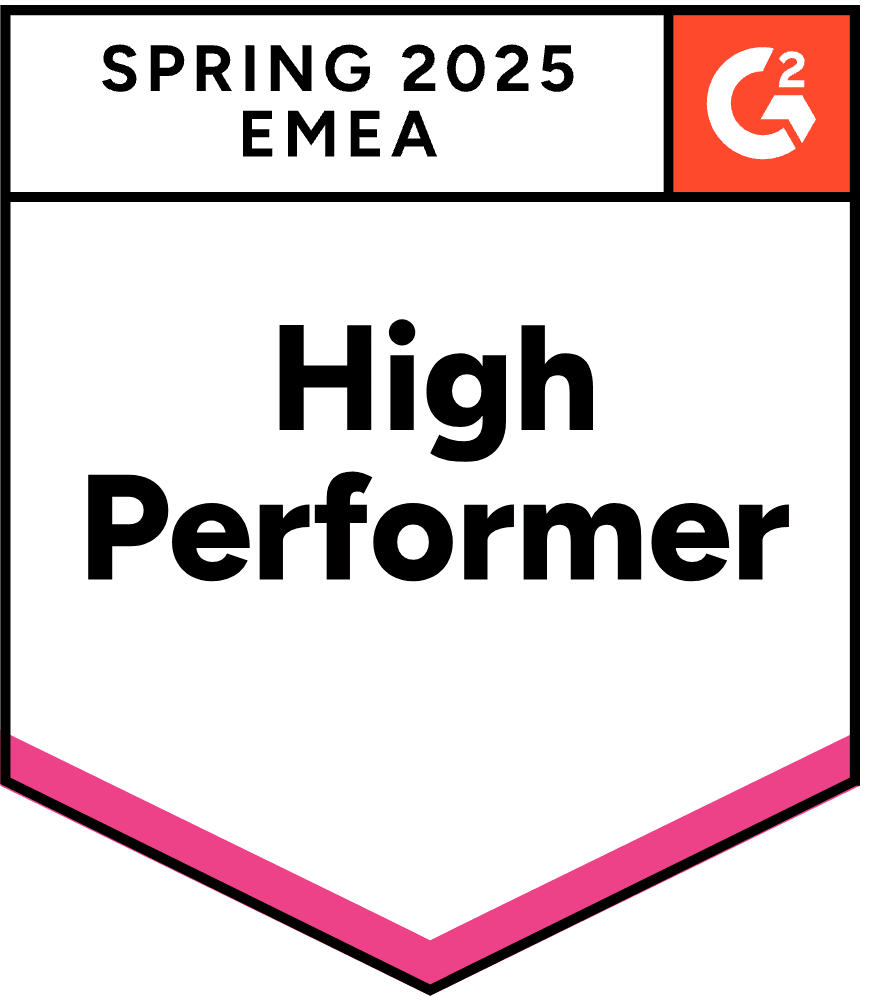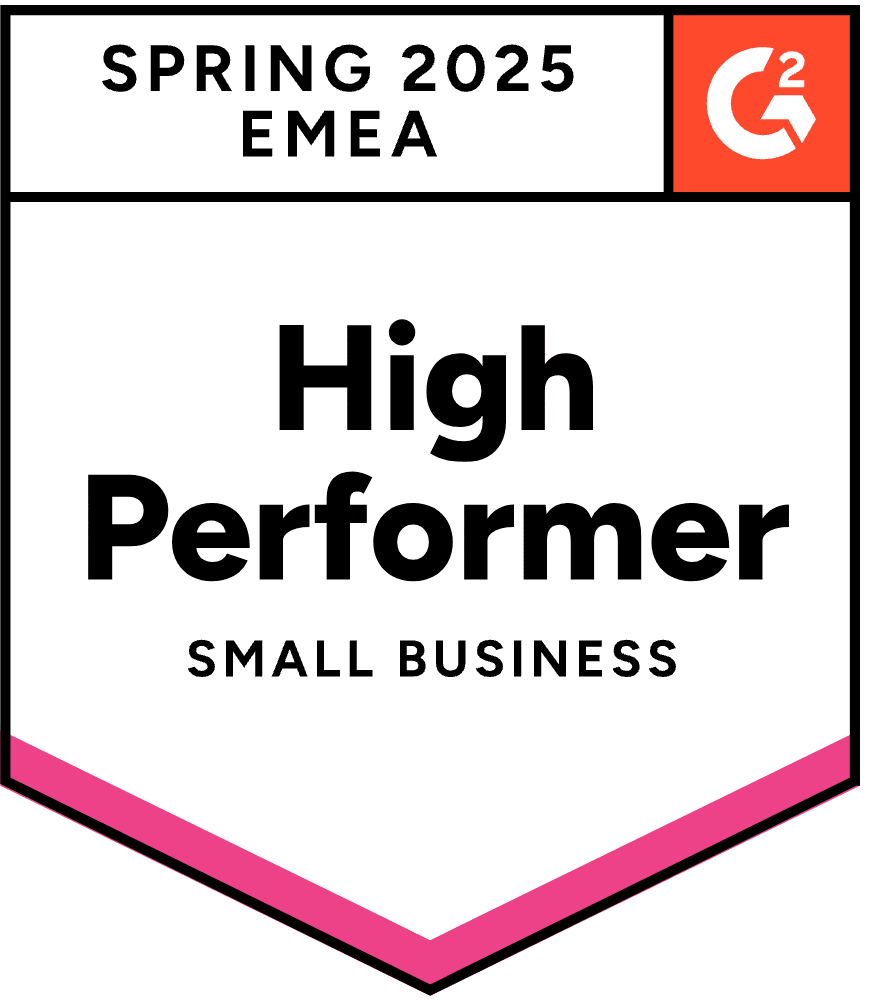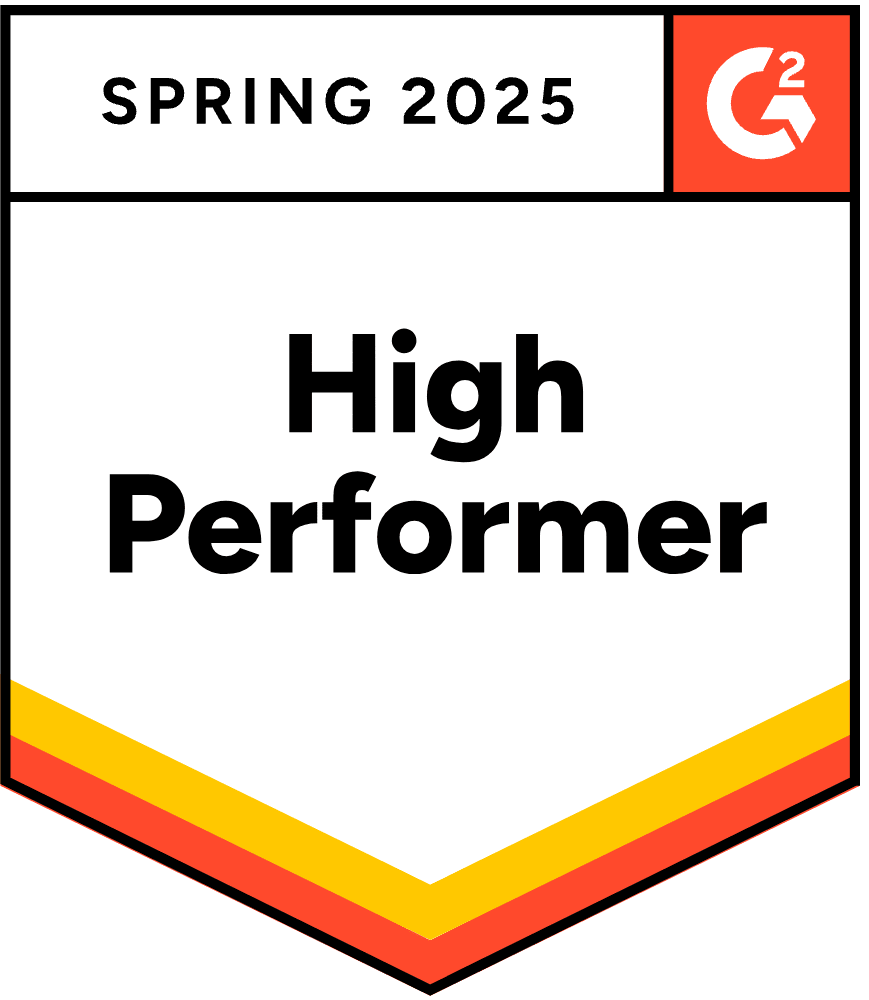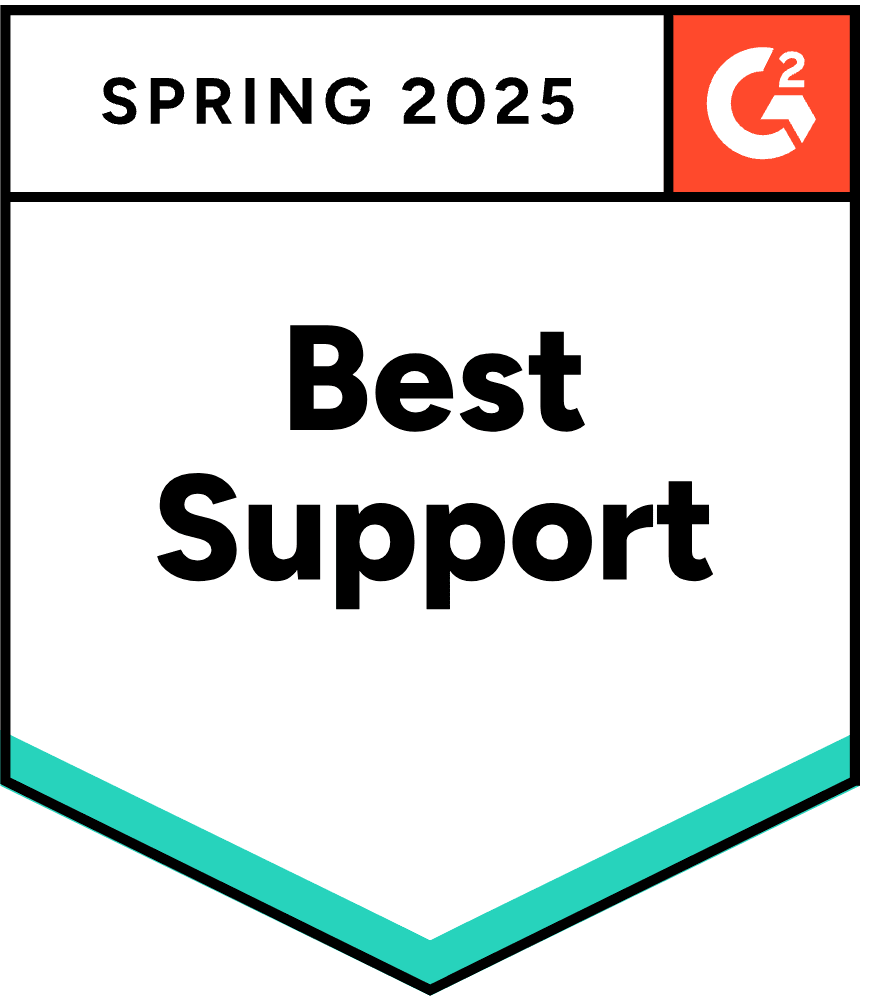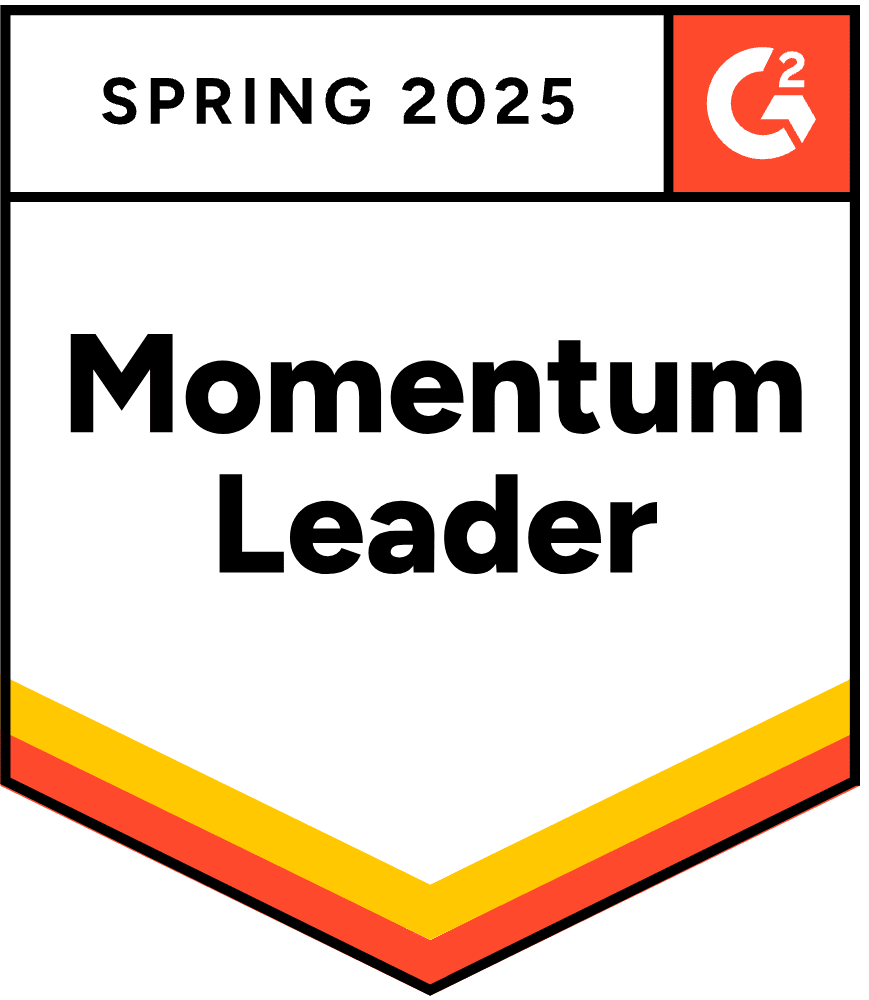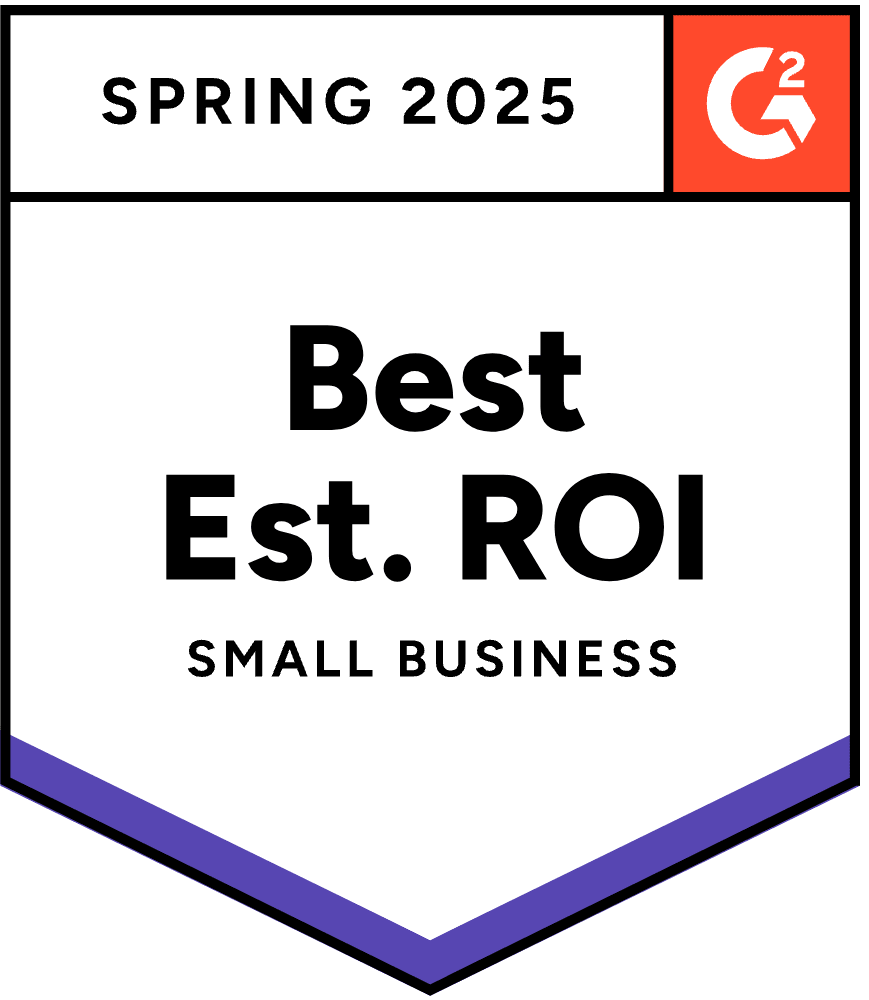What is Conversion Rate Optimization?
Conversion rate optimization (CRO) systematically improves your website or digital experiences to increase the percentage of visitors who complete a desired action, such as purchasing, booking a demo, or signing up for a newsletter.
CRO blends data analysis, user research, and targeted experimentation to remove friction, understand customer behavior, and guide more users toward high-value actions.
Applying conversion rate optimization can help you:
- Increase revenue from existing traffic by turning more visits into sales or qualified leads.
- Reduce customer acquisition costs by maximizing the value of every marketing dollar spent.
- Uncover actionable insights about customer preferences, allowing you to personalize and refine the user journey.
Rethinking conversion rate optimization: From funnel-fixing to stewarding every customer relationship
→ CRO isn’t about quick wins but building long-term value across every customer touchpoint.
Most brands still treat conversion rate optimization (CRO) as website tweaks—changing button colors, rewriting headlines, or running A/B tests to nudge a few more visitors to checkout. But here’s the shift: True CRO isn’t about squeezing quick wins from your traffic. It’s about reimagining every touchpoint as an opportunity to build value for both your customer and your business, across their entire journey.
Think of your website not as a funnel you patch when it leaks, but as a series of conversations with thousands of potential customers, each with their own needs, hesitations, and moments of readiness.
Every abandoned cart, silent visitor, or unanswered question isn’t just lost revenue — it’s a signal that your system wasn’t designed to recognize and serve the full spectrum of customer intent.
The hidden cost of the old way
When CRO is seen as a one-time project or surface-level test, you leave massive value on the table:
- You focus on the 3% who convert, while the other 97% drift away, unseen and unserved.
- Your support and marketing teams work in silos, missing the chance to share real-time insights that could remove friction for the next visitor.
- You measure success by landing page clicks instead of how many customers felt understood, guided, and confident enough to buy or return.
CRO as the unlock for modern, customer-centric growth
The new model for CRO is ongoing, data-driven stewardship of customer relationships.
You use real-time behavior signals, personalized conversations, and continuous learning to turn every visitor interaction — a product question at midnight or a second look at your returns policy — into a step toward trust, value, and eventual conversion.
This approach doesn’t just lift your conversion rate. It:
- ✅Lowers acquisition costs by making more of every visitor’s journey.
- ✅Builds loyalty through relevant, on-brand experiences at every touchpoint.
- ✅Empowers your team to focus on high-value strategy, while automation handles repetitive barriers.
Real optimization happens when you treat CRO not as a checklist but as the operating system for connecting, learning, and growing alongside your customers.
How Conversion Rate Optimization Works
→ CRO identifies where users get stuck and uses data to turn those moments into momentum.
At its core, conversion rate optimization (CRO) is about uncovering what helps—or hinders—a customer from taking the next step, then using those insights to reshape every interaction for higher impact. You identify the moments where potential customers hesitate, get confused, or leave, and turn those obstacles into opportunities for clarity, guidance, and value.
CRO blends quantitative data (like drop-off points in your checkout flow) with qualitative insights (such as feedback about unclear policies or missing information). You then test changes—simplifying navigation, adding real-time support, or personalizing recommendations—to see what moves more people toward a meaningful action.
The underlying logic is simple:
The more you reduce friction and align your experience with your customer’s needs at every stage, the more likely they are to convert—whether that means making a purchase, booking a consultation, or returning for a second visit.
Conversion Rate Optimization Formula
Conversion rate = (Number of conversions ÷ Total visitors) × 100
You optimize by systematically increasing the numerator (conversions) without relying solely on driving more traffic.
Where CRO Applies, and the Tradeoffs Involved
CRO isn’t limited to checkout pages or marketing campaigns. Any touchpoint where a customer can take a valuable action—from reading a product guide to starting a chat—can be optimized.
You might apply CRO thinking without naming it by streamlining your FAQ layout to reduce support tickets or using live chat to guide hesitant shoppers through complex decisions.
However, effective CRO requires ongoing measurement and a willingness to balance short-term wins with long-term trust. Over-optimizing for immediate clicks (like using aggressive pop-ups) might lift conversions temporarily, but can erode brand loyalty or increase churn if the experience feels pushy or impersonal.
The most sustainable results come from treating CRO as continuous, customer-centric problem solving: always asking how each change serves your business goals and your customer’s confidence to move forward.
Conversion Rate Optimization In Action
→ With the right CRO mindset, even small changes unlock dramatic improvements in conversions and efficiency.
Imagine a direct-to-consumer jewelry brand selling custom engagement rings online. Traffic isn’t the problem—they invest heavily in digital ads and influencer partnerships. However, week after week, they see the same pattern: less than 2% of visitors buy, while thousands leave after browsing, confused or hesitant.
Before Conversion Rate Optimization: Missed signals, wasted spend
Before embracing conversion rate optimization (CRO), the brand focused on surface-level fixes. They ran sporadic A/B tests on homepage banners and sent generic discount emails to abandoned cart users.
- They measured success by website traffic and basic conversion rate, not by how many customers found what they needed or felt confident enough to start a custom design.
- Most visitors dropped off at the ring-builder tool, overwhelmed by choices and unanswered questions about diamond quality, pricing, or timelines.
- Customers who reached out for help waited hours for a reply.
- The support team spent most of their time answering repetitive questions, while potential high-value clients slipped unnoticed.
After Conversion Rate Optimization: Guided journeys and continuous learning
The shift began when the team adopted a CRO mindset centered on understanding and supporting every visitor’s journey, not just chasing more clicks.
Here’s what changed:
- They mapped the whole customer experience, pinpointing moments visitors stalled or left.
- The team launched an AI-powered concierge that offered real-time, on-brand guidance, answering questions about diamond certification, matching styles to inspiration photos, and proactively suggesting next steps based on browsing behavior.
- Instead of generic retargeting, they used behavioral data to segment follow-ups:
- First-time visitors received educational content about what to expect in the custom ring process.
- Returning shoppers were invited to book a free virtual consult or shown examples matching their saved preferences.
- Every interaction fed back into optimization:
- They noticed many visitors hesitated at the warranty page, so they reworked the copy for clarity and added quick-access FAQs.
CRO unlocked growth not by squeezing more from the same funnel, but by treating every interaction as a chance to understand, support, and convert potential into lasting value.
Outcomes You Can Expect from Conversion Rate Optimization
More Revenue From the Same Traffic
Conversion rate optimization (CRO) transforms how you generate revenue by focusing on making every visitor count.
Instead of spending more on paid ads or promotions to chase new eyeballs, you use CRO to guide a higher percentage of your existing visitors toward meaningful actions, like completing a purchase, booking a demo, or joining your loyalty program.
You turn previously hesitant browsers into buyers by removing obstacles, clarifying information, and personalizing support at key moments.
For example, an e-commerce brand might see order volume climb by optimizing its product detail pages and adding real-time chat support, allowing more shoppers to find answers instantly and check out with confidence.
The operational impact is clear: you drive higher sales and customer lifetime value without increasing customer acquisition costs or overwhelming your support team.
Lower Customer Acquisition Costs
CRO directly reduces your cost to acquire each customer by maximizing the traffic value and leads you already have.
When more visitors convert through optimized pathways—streamlined checkout, targeted content, or proactive engagement—your marketing dollars work harder.
Instead of losing potential customers to confusing flows or unanswered questions (and having to pay again to retarget them), you capture more value upfront.
Over time, you can reinvest savings from lower acquisition costs into higher-impact initiatives like product development or long-term loyalty programs, rather than continually inflating your ad spend.
Deeper Customer Insights to Fuel Personalization and Growth
CRO isn’t only about immediate conversions—it’s a powerful engine for understanding your customers on a deeper level.
Through continuous testing, behavioral analysis, and feedback loops, you learn exactly where customers hesitate, what information they seek, and which experiences build trust.
These insights allow you to personalize future interactions precisely, offering tailored product recommendations, content, or support based on real needs and preferences.
Operationally, this means you move from guessing to knowing: your marketing, product, and service strategies become data-driven, reducing wasted effort and unlocking new opportunities for retention and long-term value.
A Simple Framework for Applying Conversion Rate Optimization
→ A step-by-step system to turn customer insight into measurable growth—no massive team required.
You don’t need a massive team or complex tools to start with conversion rate optimization (CRO). You need a straightforward, step-by-step approach that centers on your customer’s experience, respects their intent, and uses data to guide every decision.
Here’s a simple, repeatable framework to bring CRO into your daily workflow—whether you’re a founder, marketer, or part of a customer experience team.
1. Define your core conversion goals and customer actions
Start by pinpointing exactly what “conversion” means for your business and your customer at each stage of their journey.
For some, it’s a completed purchase. For others, it might be booking a demo, subscribing to your newsletter, or engaging with a product guide.
Ask yourself:
- Which actions create real value for both us and our customers?
- Where do customers show intent, even if they haven’t purchased yet?
Tip: Map these actions to specific touchpoints—like adding to cart, starting a live chat, or saving a favorite item.
2. Gather data to find friction and opportunity
You can’t optimize what you don’t understand. Use quantitative data (analytics, heatmaps, funnel drop-off rates) and qualitative feedback (customer interviews, chat transcripts, post-interaction surveys) to uncover where customers hesitate, get confused, or leave.
Look for patterns such as:
- High exit rates on key pages
- Common questions before purchase
- Steps that trigger abandoned sessions
Formula:
[Conversion Rate] = (Number of conversions ÷ Total visitors) × 100
Track this at each stage, not just at final checkout.
3. Prioritize changes that solve real customer problems
Not all fixes deliver equal value. Focus first on improvements that remove barriers or add clarity at critical moments in the journey.
Examples include:
- Simplifying complex forms
- Adding clear, on-brand explanations where confusion peaks
- Offering real-time support during high-stakes decisions
Ask, “Will this change help more customers confidently move forward?”
4. Test, measure, and learn with targeted experiments
Treat every optimization as a hypothesis: “If we do X, will more customers complete Y?”
Run controlled tests—such as A/B testing different page layouts or introducing proactive chat prompts—and measure the impact against your defined conversion goals.
Keep your tests focused:
- Change one variable at a time
- Use statistically significant sample sizes
- Compare results to your baseline data
5. Close the loop: Share insights and refine continuously
The most effective CRO is ongoing. After each experiment, gather what you’ve learned and share it across your team. What worked? What didn’t? Why did customers respond the way they did?
Use these insights to update your processes, inform content, and shape future optimizations.
Make it part of your routine:
- Regularly review customer feedback and journey data
- Update resources, FAQs, or automation scripts based on real questions and behaviors
- Collaborate across teams—support, product, and marketing all have a role in removing friction and adding value
Where Most Teams Get Conversion Rate Wrong
→ Even data-driven teams sabotage results by ignoring micro-conversions, real-time signals, and customer context.
Even the most data-driven teams can stumble when it comes to conversion rate. The pressure to show quick wins or follow “best practices” often leads to shortcuts that backfire.
Below are the most common mistakes we see—and what to do instead.
Ignoring micro-conversions and only tracking final sales
It’s easy to focus only on completed purchases. But if you ignore the smaller steps—like email sign-ups, product quiz completions, or live chat engagements—you miss critical signals about what’s working and where customers get stuck.
Why this matters:
Not every visitor is ready to buy on their first visit, especially when considering purchases like jewelry or high-end retail. If you measure success only by checkout rates, you overlook the value of nurturing relationships and optimizing for actions that lead to long-term loyalty.
What to do instead: Track and optimize for milestones throughout the journey. Celebrate and learn from micro-conversions—they’re often the precursors to bigger wins.
Treating all visitors the same
Assuming every visitor needs the same experience is a fast track to mediocre results. Many teams rely on generic landing pages or one-size-fits-all messaging, hoping broad changes will lift conversion rates.
Why this is risky:
Different segments have different needs. A first-time visitor browsing from mobile requires different guidance than a returning customer comparing options. When you ignore these differences, you miss opportunities to personalize and often alienate those who need extra support.
What to do instead: Use data to segment your audience by behavior, source, or stage. Tailor touchpoints and offers accordingly. Even minor, context-aware adjustments can make a significant impact.
Relying on outdated or incomplete data
Many teams make decisions based on last quarter’s reports or surface-level analytics. They optimize for what used to block conversions, not what’s happening now.
The danger:
Customer expectations and digital behaviors shift quickly. What worked six months ago may create friction. Stale data leads to misguided optimizations and missed opportunities.
What to do instead: Leverage real-time analytics wherever possible. Monitor live chat transcripts, session replays, and up-to-date funnel metrics to spot new patterns and adapt in the moment.
Measuring conversion rate in isolation
A high conversion rate looks good on paper, but can be misleading if you don’t connect it to broader business health. Some teams “optimize” by pushing heavy discounts or aggressive pop-ups, seeing a temporary bump in conversions while damaging brand trust or attracting low-value buyers.
What’s at stake:
Short-term gains can hide long-term problems, like low repeat purchase rates, increased returns, or eroded customer loyalty.
What to do instead: Balance conversion rate targets with metrics like customer lifetime value, retention, and satisfaction. Ensure every optimization strengthens both immediate outcomes and lasting relationships.
Ready to optimize your conversion rate with less manual work?
→ With the right tools, you can scale personalized, high-converting experiences without burning out your team.
You don’t have to choose between personal, high-converting experiences and the realities of a small team or stretched resources. With Rep, you can bring conversion rate optimization into every customer touchpoint — without drowning in manual testing or generic automation.
Rep’s AI concierge platform lets you:
- Guide visitors through complex purchases with on-brand, real-time chat
- Turn abandoned browsers into engaged buyers with personalized, data-driven follow-ups
- Uncover hidden friction points and optimize continuously, using live customer insights—not guesswork
You get the best of both worlds: Every visitor feels seen and supported, while your team focuses on strategy and growth.
Request a free trial → or see how Rep automates CRO for leading brands.


